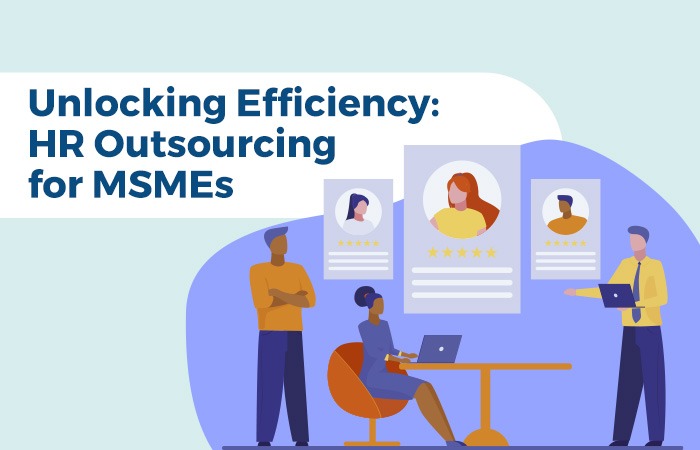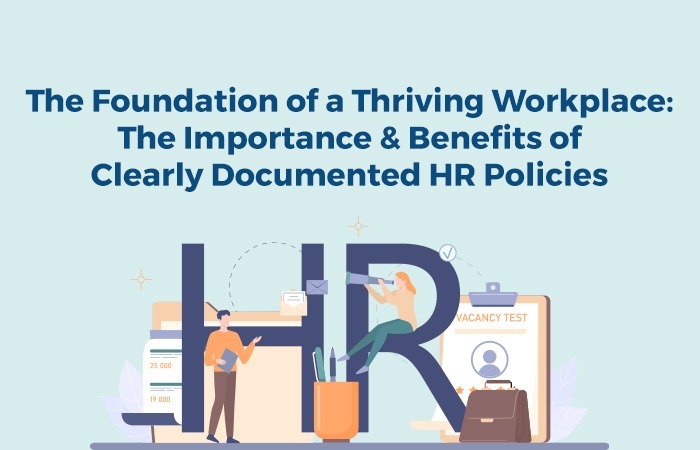Workplace Harassment is very common in most workplaces. However, not many openly speak about it. Many are not even sure about what qualifies as harassment at work and hence, most often, cases go unacknowledged and unreported.
Harassment at work can have very serious repercussions for the organisation. It can not only create a toxic and demotivating environment, but it can also lead to legal issues for the organisation tarnishing the image of the company.
Needless to say, every company should follow zero tolerance towards any form of workplace harassment.
What is workplace Harassment
Harassment can be any kind of behaviour that is offensive and makes someone feel humiliated and intimidated. The purpose of this behaviour is usually to display and prove the position of power.
Harassment can be either towards and individual or a group. The action maybe one individual instance or a series of consistent and persistent behaviour over time.
What can be classified as workplace harassment
Let us look at some common types of workplace harassment
- Discrimination
Discrimination is the most common type of workplace harassment. Discrimination can be with respect to age, sex, race, colour or ethnicity.
- Sexual harassment
Sexual harassment involves the use of explicit or implicit sexual language and gestures. It can be as subtle as a remark about appearance or explicit in form of physical violence, touching, lewd text messages/e-mails, unwanted sexual advances and favours.
- Bullying or Cyberbullying
Bullying doesn’t just happen at school & colleges. Bullying at workplace is more prevalent that you might imagine. Ganging up against your co-worker, sharing sensitive, inappropriate and embarrassing information about them, gossiping can be considered as bullying.
- Physical or Verbal Abuse
Any kind of behaviour that involves physical harm, for eg., pushing, kicking, punching, causing harm or threatening to cause harm to them to their belongings is considered physical abuse.
Verbal abuse includes using insulting or threatening language towards co-workers.
- Abusing Power
Using your power and position to belittle someone or giving them degrading tasks, making them run personal errands can be classified as harassment too.
Steps to prevent Workplace Harassment
Now that we have listed down the ways in which workplace harassment takes place, let us look at some good practices that can help prevent it.
- Strict Anti-Harassment Policy
Start with creating a comprehensive Zero Tolerance Anti-Harassment policy for your organisation, that is industry and law compliant. Ensure you cover all the types of workplace harassment in detail in the policy and the consequences of breaking the rules.
- Training
Training is the most essential measure to ensure that everyone in the company is sensitized and informed about harassment at workplace.
You can include this as a part of the onboarding session for all new employees. You can also use the service of a professional to take up this training programme.
Ensure that you include everyone across all departments and levels in the training programme. You can create a self-paced online session too.
You can use this opportunity to train the employees about the dos and don’ts of workplace harassment and address their questions and queries, so that there is no grey area or loophole.
Related : 7 tips to giving effective employee feedback
- Create and Communicate Process
Another important aspect is to create and communicate the process for filing of complaints and redressal. The process should be standard, clear and fair.
If the employees know who to approach in case of harassment, chances of the complaints being filed and addressed are higher.
If the complaint is against the immediate manager or a senior, maintaining confidentiality and anti-retaliation should be an important part of your process.
Once the employees see that the company is serious about the policy, it will help instil trust.
- Take complaints seriously
For the company to be seen as serious about the issue, it is important that you take every complaint seriously and provide redressal. Give fair chance to both the parties to explain their case. Ensure that there is proper documentation for all the cases.
- Lead by example
The responsibility of ensuring that the workplace is free from all types of harassment lies with you. You can lead by example by treating all your employees with respect. Encourage respectful behaviour amongst your team members and be sure to point out any kind of unacceptable behaviour.
This is critical to show your commitment towards providing a healthy workplace to your employees.
Conclusion
Identifying and preventing workplace harassment is a very important aspect that not only HR but every manager should be committed towards. These simple steps will help you build a great healthy workplace.













